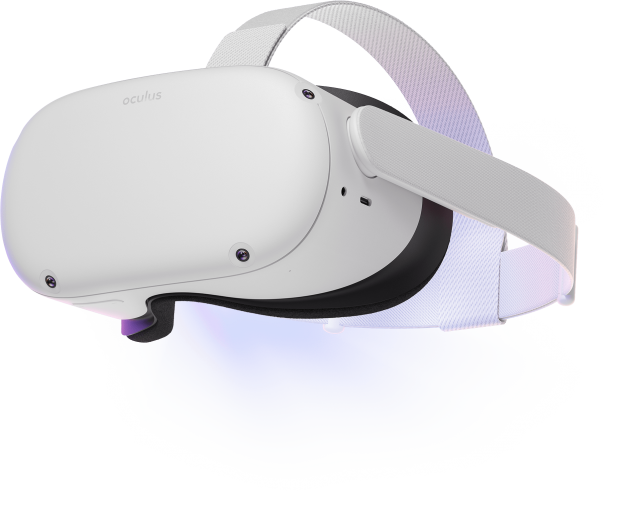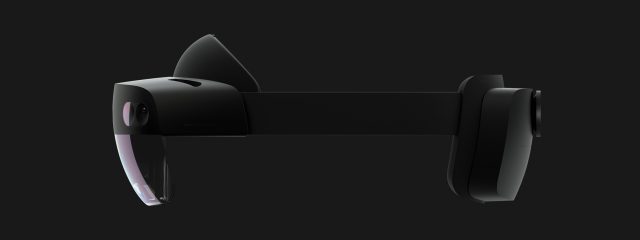I will be picking my preferred virtual reality (VR) and mixed reality (MR) devices by doing research on some devices out in the market and making comparisons between them.
Virtual Reality
For VR devices, I will be looking at HTC Vive Cosmos, Oculus Quest 2, and Valve Index.
For the HTC Vive Cosmos, what attracted me is that the faceplate of the device can be changed to use different tracking options. This is great as for some users, they may not be keen to set up base stations. However, since the faceplate is a separate purchase, switching between tracking options comes at a cost, and the other faceplate that is not in use will essentially be e-waste. The device is not exactly cheap as well coming in at USD$699.
Next is the Oculus Quest 2. This device is interesting as it can be used as a standalone device. This is great for people who do not want to purchase a computer just to experience VR. But if the user does have a decent computer, they can choose to connect it to the PC. The price is also very competitive compared to other options, with cost starting from only USD$300. One downside is that the device requires the use of your Facebook account. As we know recently there have been many concerns about privacy, and I know people who do not even have an account anymore due to this reason.
Finally, we will look at the Valve Index. This is the most expensive of the bunch coming in at USD$999. Features wise, the specified numbers are quite impressive. While the resolution per eye is not the best, it has the highest adjustable FOV of up to 130° and the highest refresh rate of up to 144 Hz. Having a high refresh rate is very beneficial as it will be less disorienting, and it will be harder for the user to perceive frame updates/tearing. This allows more users to experience presence easily.

To conclude, I will say that Oculus Quest 2 is my preferred device due to the low cost of entry, especially with the fact that a strong enough PC is usually needed for a pleasant VR experience. Having a low cost of entry will also allow more VR devices to be in use, allowing for more reasons to invest in VR development. However, I do hope that the requirement of a Facebook account will be removed in the future.
Mixed Reality
For MR devices, I will be looking at 2 very prominent device out there, the Microsoft Hololens 2 and the Magic Leap 1.
For Microsoft Hololens 2, what struck me immediately was the cost, being at USD$3500. But the features are definitely not lacking. It has an incredible resolution of 2048 x 1080 per eye which is important as having a sharp image of a virtual object being displayed in the world will not only make it easier to make out the smaller details, but also provides a truer to life experience as it is harder to discern the pixels. Moreover, users that require prescription glasses can simply wear the headset over it. However, the device can be quite heavy, weighing in at 566g.
Next is the Magic Leap 1. It cost a little lesser at USD$2295. What is interesting about this is that the company decided to separate the computation hardware from the headset and allow the user to wear it at waist level. This makes the headset weigh only 316g. For users wearing glasses, prescription inserts must be purchased. This also means that the user must carry their own glasses around so that they can put them on when not using the headset. The prescription inserts also have a limit to the amount of correction and some people may not be able to use the device.

Overall, my preferred device is the Microsoft Hololens 2. As someone who suffers from a very serious case of myopia, having the ability to use my glasses along with the device is extremely valuable to me. I also believe that the higher resolution display will allow a better experience overall.
